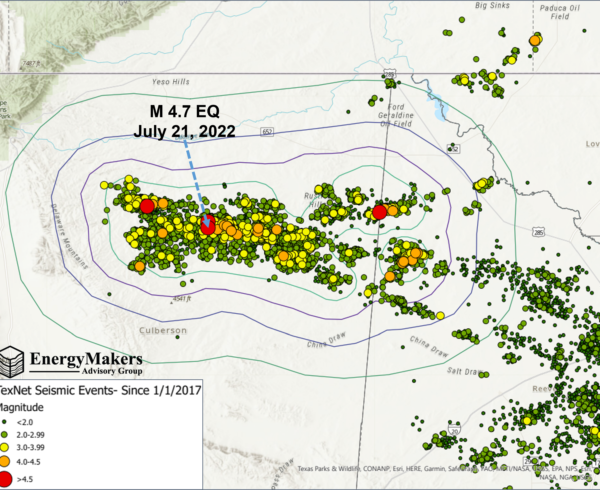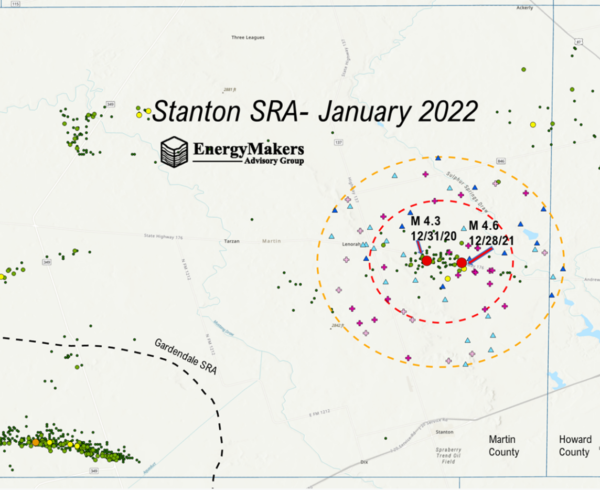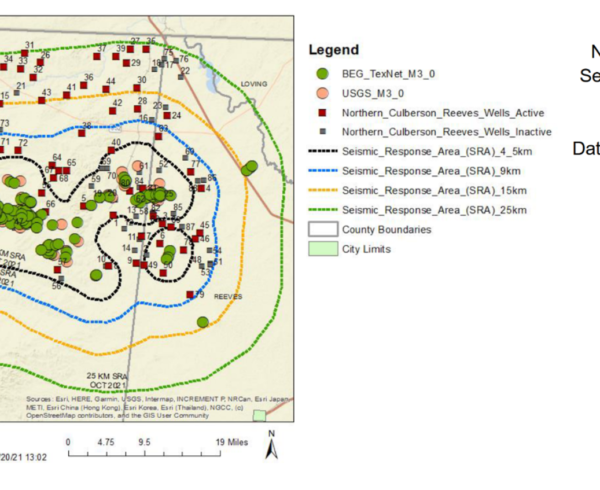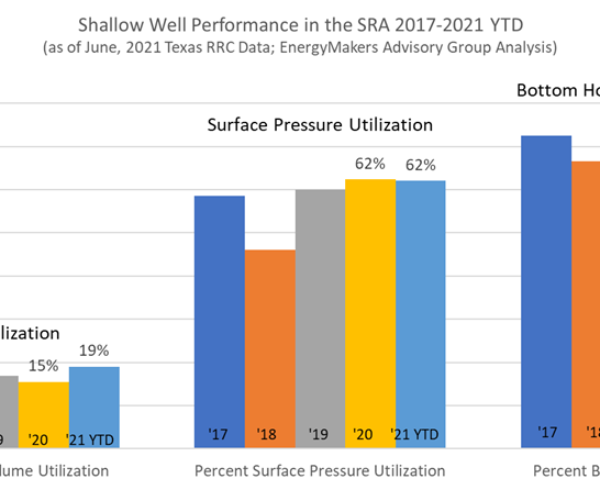According to a recent report by the Houston Chronicle, the third week of July saw a drilling permit bonanza in the Lone Star State, with 286 drilling permits filed. Of these, nearly one third (95) were filed for the development of new saltwater disposal (SWD) wells, giving new meaning to the term “drill baby drill”.

This underscores the growing challenges of water management in oil and gas production. The largest number of SWD well permits were filed in the Permian basin. The Permian’s proliferate oil production is also accompanied by high volumes of produced water, which must either by recycled and reused, or injected subsurface, with about half of that going into SWD wells.
Leading the SWD permitting pack, Solaris Water Midstream filed seven drilling permits for projects in five counties. BP and PearlSnap Midstream each filed six injection well permits. The remaining 76 SWD permits were filed by 47 other companies looking to dispose of oilfield wastewater underground via newly permitted disposal wells.
These developments are not necessarily surprising to EnergyMakers. We’ve been following the rapid rise in drilling and completions activity in the Permian for the past several years and observed how the massive growth in water production is putting a strain on operators’ ability to effectively manage, treat, recycle and dispose of produced water. Too, the value of clean water has changed so dramatically in recent years that “water is the new oil” is becoming a buzzword. That’s good news for our friends in the burgeoning wastewater treatment, transportation, and recycling market.
Check back with EnergyMakers as we continue to track developments and problem-solving technologies in the fast-changing oil, water, and production arena.







